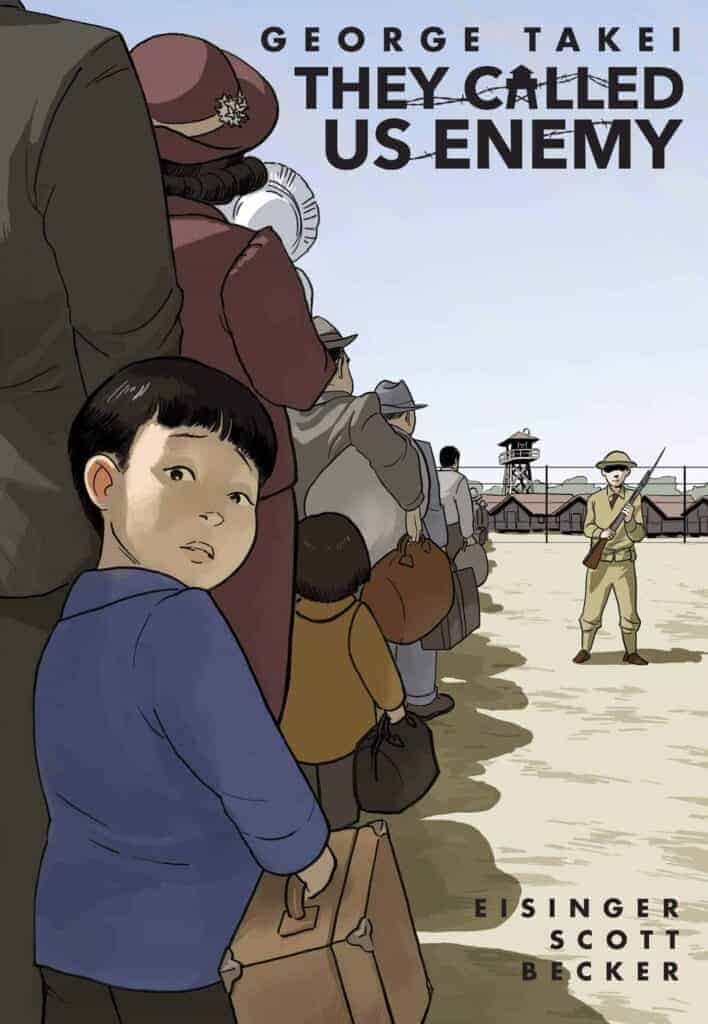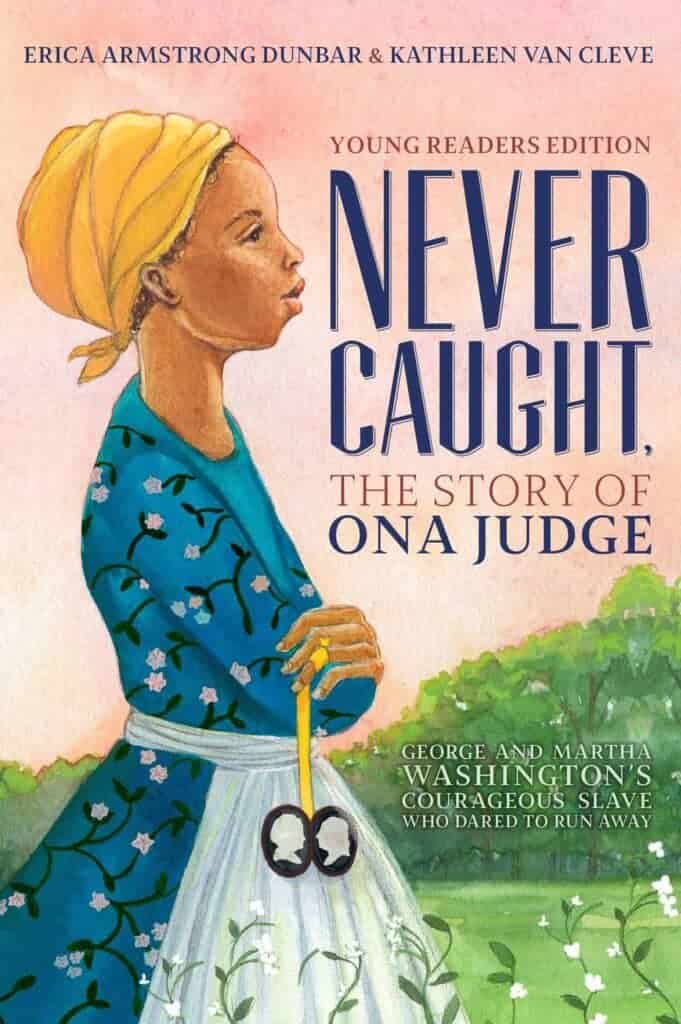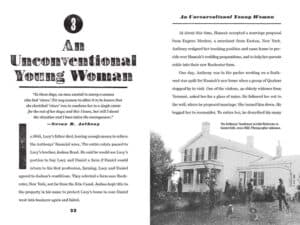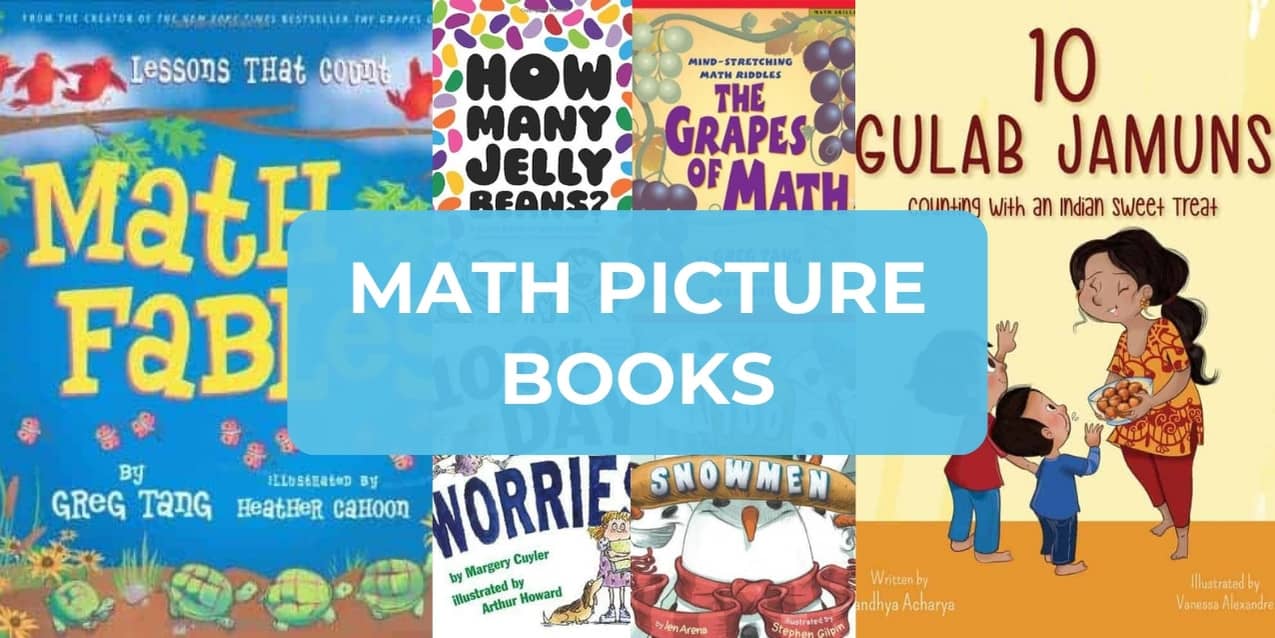The Best Children’s Nonfiction Books of 2019
This post may contain affiliate links.
 Nonfiction books teach kids how to read for information but well-written books like these best nonfiction books of 2019 for kids, do more than that. They inform, entertain, surprise, deepen curiosity, and inspire.
Nonfiction books teach kids how to read for information but well-written books like these best nonfiction books of 2019 for kids, do more than that. They inform, entertain, surprise, deepen curiosity, and inspire.
See for yourself from books about math and animals to biographies and memoirs.
And don’t miss last year’s list!
The Best Children’s Nonfiction Books of 2019


Pigeon Math by Asia Citro, illustrated by Richard Watson
Hilarious! Addition and subtraction never felt so fun!! An increasingly exasperated narrator is TRYING to tell the story about ten pigeons but it’s not going well. Visual support, goofy humor, and plenty of kid-appeal make this a 100% must-own, must-read STEM picture book.


Beware of the Crocodile by Martin Jenkins, illustrated by Satoshi Kitamura
Introduce young readers to the crocodile in this picture book that could double as an easy nonfiction reader. Informative and awe-inspiring.


The House That Cleaned Itself: The True Story of Frances Gabe’s (Mostly) Marvelous Invention by Laura Deashewitz and Susan Romberg, illustrated by Meghann Rader
Frances’s clever inventions for cleaning her house are well, very unique. When she gets fed up with her “job” doing all the housework, she creates a self-cleaning house. Imagine an automatic carwash inside the house with air jets and a slanted floor to drain the water!! Although her ideas didn’t catch on, maybe one day another inventor will build on Frances’s ideas. Excellent writing and lovely pastel illustrations make this a worthy addition to this best nonfiction picture book list for 2019.


Evelyn The Adventurous Entomologist: The True Story of a World-Traveling Bug Hunter by Christine Evans, illustrated by Yasmin Imamura
“But Evelyn went anyway” repeats throughout this story to show the pioneering courage of Evelyn Cheesman, a woman who didn’t let conventions of what girls could or couldn’t do stop her from living her passion. In the late 1800s, this daring English girl pursued her love for animals with a job running the London Zoo’s insect house. Not only that, she developed a singular focus on entomology, soon traveling the globe to discover new insects. Not only is this about an adventurous, tenacious woman but also the writing is superb and the lovely illustrations perfectly complement the narrative.

Not a Bean by Claudia Guadalupe Martinez, illustrated by Laura Gonzalez
Atmospheric and playful, follow this counting story about a seedpod in the high desert. A seedpod that is not a Mexican Jumping Bean. In fact, it’s a caterpillar burrowed into a seedpod. As the seedpod dries and hardens, clicks and clacks and jumps. The book elaborates on the flora and fauna of the desert such as snakes, coyotes, and cacti using Spanish words throughout — dos saguaros, el sol, tres cascabeles, and cinco cuervos. (A glossary in the back will help readers learn the Spanish words.) Finally, a majestic moth burrows out of the “Not a Bean” and flies into the sky.

The Crayon Man: The True Story of the Invention of Crayola Crayons by Natascha Biebow, illustrated by Steven Salerno
Skillfully written about a topic that we all love — crayons. Edwin Binney is a curious inventor who always listens to what people need, then makes it. Like a slate pencil for students and a non-crumble chalk for teachers. When people ask for better, cheaper colored crayons, Edwin experiments with rocks, minerals, pigments, and clays until he finds the perfect mixture for a longer-lasting crayon. You’ll want to tour the Crayon factory after reading this gem.

Boom! Bellow! Bleat! Animal Poems for Two or More Voices by Georgia Heard, illustrated by Aaron DeWitt
Show kids the beauty of words, oral reading, and imagery, as well as the playfulness in poetry with poems that are meant to be read by two people. The book is filled with the noise of fish, geese, frogs, mockingbirds, snakes, bees, and other animals. I particularly adore the many sounds of elephants. So will you. Listen, “Snort, ruuuuummmble, roar, cry, bark,…”


Manhattan: Mapping the Story of an Island by Jennifer Thermes
I couldn’t put this down! Manhattan tells history of the island of Manhattan starting with the Lenape people and continuing to the present day with subways and bridges and 1.6 million people. This book is packed with information about the city including the ecosystem, fires, and slavery. Gorgeous illustrations and readable informative writing, this oversized picture book will interest all readers, especially those who like American history or live in the New York area. Highly recommended.

Gross As A Snot Otter: The World of Weird Animals by Jess Keating, illustrated by David DeGrand
Keating’s brilliant series of weird animals continues with a book featuring the grossest animals on the planet. Colorful and appealing layouts plus photographs and illustrations add so much appeal that you can’t help but read this book cover to cover. Well-written, engaging information about the snot otter, a salamander covered in mucus, a zombie worm who lives in a whale carcass and eats bones, and many more animals will soon make you an expert on these gross animals, too.

The Dictionary of Difficult Words by Jane Solomon, illustrated by Louise Lockhart
This oversized dictionary contains the coolest selection of 400 words starting with abecedarian (someone who is learning the alphabet) and continuing through to Zeppelin. Each letter gives readers about 15 new vocabulary words to learn plus the pronunciation, part of speech, and definition. You’ll find haberdashery, ichthyologist, luddite and mugwump, mulligrubs, mumpsimus, and mishpocha. Learning new words will be a salubrious experience because you’ll soon become a sesquipedalian.

The Story of… Banker of the People Muhammad Yunus by Paula Yoo, illustrated by Jamel Akib (ages 6 – 9)
If you’re a regular Imagination Soup reader, you’ll know that I absolutely love this biography series because the books are very well-written for younger readers about interesting, diverse individuals who’ve made a difference in the world. Muhammad Yunus is a Nobel Prize winner for creating the Grameen Bank in order to microfinance/microloan money to poor people wanting to start their own businesses.

From an Idea to Nike: How Marketing Made Nike a Global Success by Lowey Bundy Sichol, illustrated by C. S. Jennings (ages 6 – 9)

Ostriches: The Superpower Field Guide by Rachel Poliquin, illustrated by Nicholas John Frith (ages 8 – 12)
You think you know. But you have no idea…how cool and weird and amazing ostriches are. Not until you read this book. I read it cover to cover in one sitting because it was so incredibly interesting and compelling! I mean, the ostriches have TOE CLAWS OF DEATH. For real. And their bones are just bizarre yet for a really good reason! What you think is their knee is their ankle bone. Not to mention their eyeballs are the biggest of any land animal. But let’s not get too much into all the fascinating facts that you’ll learn; let me just sum up by saying that this book will get you excited about the ostrich.


James Rhodes’ Playlist: The Rebels and Revolutionaries of Sound illustrated by Martin O’Neill (ages 8 – 12)


Awesome Achievers in Technology by Alan Katz, illustrated by Chris Judge (ages 8 – 12)
Kids will zip through this excellent middle-grade biography because the author makes the information relevant and relatable. The writing is conversational, the author is totally hilarious (especially when he talks about his own ridiculous inventions or the questions he asks Siri) plus there are illustrations, quizzes, fast facts, activities, and a wealth of fascinating information about each inventor’s life. You’ll read about the inventors of video games, the television remote control, the cell phone, windshield wipers, the first web browser, and the microwave oven.

Survivors of the Holocaust: True Stories of Six Extraordinary Children by Kath Shackleton, illustrated by Zane Whittingham (ages 9 +)
Graphic storytelling with unique artwork supports the clear, compelling narratives of real Holocaust survivors. These six children were just like any of the kids reading their stories, ordinary kids who experienced the hardest thing a child could face…being torn from their homes, separated from family, captured as a prisoner, and/or forced to hide. This graphic novel is powerful, emotional, and disturbing.

They Called Us Enemy by George Takei, Justin Eisinger, & Steven Scott, illustrated by Harmony Becker (ages 10+)
Both history and memoir based on George Takei’s life this graphic novel takes place during WWII when the US government declared war on Japan and forced anyone of Japanese descent, including children, into detention camps…George’s family left their two-bedroom house in Los Angeles and were transported to a bare-bones, overcrowded barracks surrounded by barbed wire and armed guards. Not only difficult but this was an unfair situation yet the story shows the families’ resiliency and perseverance. When World War II ended, leaving the camps wasn’t an easy, happy ending for any of the detained families either returning to a world of prejudice with no money or jobs. The narration jumps to present-day events, showing similar human rights violations and how people can step up to make things better.

An Invisible Thread: A Young Readers Edition by Laura Schroff and Alex Tresniowski (ages 12+)
A true story with messages of kindness, trust, and friendship that will renew your faith in humanity. Laura first meets Maurice when he’s 11-years-old and begging on the street corner, eventually spending a meal a week with him at McDonald’s. For YEARS. Laura treats Marice with respect and friendship — never, ever pity and she makes their time together educational, too — cooking from a recipe, sharing a Christmas experience for the first time, and things like that. The end of the book shows Marice as an adult with his own family who is still close friends with Laura.

Never Caught, The Story of Ona Judge: Young Readers Edition by Erica Armstrong Dunbar and Kathleen Van Cleve (ages 12+)
This is not just an important story based on the true-life of an escaped slave of George Washington’s, it’s also a cautionary tale about idealizing historical icons. Because people, as it turns out, are deeply flawed… George Washington included. At age 10, Ona becomes Martha Washington’s personal slave. After 13 years of this thankless work with no pay, no days off, no freedom to have a feeling,…many of those years in Philadelphia, Ona learns that Martha plans to send Ona as a wedding gift to Martha’s cruel granddaughter. With the help of freed slaves, Ona escapes north which results in an angry George Washington who tries to capture her back without a trial. Luckily that doesn’t happen and Ona lives free until her death.

Anne Frank’s Diary: The Graphic Adaptation adapted by Ari Folman, illustrated by David Polonsky (ages 12+)
The original diary text plus added dialogue balance into a cohesive story that feels seamless, well-written, and insightful. Anne’s personality really shines through as she sets the historical context and describes her daily life in hiding (which isn’t always very exciting) but does result in a romance with the boy her age who lives there. An impressive adaptation!


The Making of America: Susan B. Anthony by Teri Kanefield (ages 12+)
You’ll admire the perseverance and dedication of Susan B. Anthony who worked tirelessly to advocate for women’s rights and the rights of African Americans. Women now days can own property, vote, divorce abusers, have custody of their children, and are citizens because of the efforts of Susan B. Anthony and others. I hope this book becomes required reading for middle schoolers — both boys and girls. It’s also beneficial for kids to know how much one person can do to make a difference in the world.

 Imagination Soup’s 2019 Gift Guide for Kids
Imagination Soup’s 2019 Gift Guide for Kids
 2019 CHILDREN’S BOOKS GIFT GUIDE: PICTURE BOOKS
2019 CHILDREN’S BOOKS GIFT GUIDE: PICTURE BOOKS
 2019 CHILDREN’S BOOKS GIFT GUIDE: CHAPTER BOOKS & GRAPHIC NOVELS
2019 CHILDREN’S BOOKS GIFT GUIDE: CHAPTER BOOKS & GRAPHIC NOVELS

 STEM (SCIENCE / MATH / TECH / ENGINEERING) TOYS & GIFTS
STEM (SCIENCE / MATH / TECH / ENGINEERING) TOYS & GIFTS





Two books we read this week: National Geographic’s “Don’t Read This Book Before Dinner” and “Don’t Read This Book Before Bed.” We loved them. (And the dinner one made me actually gag. So it is perfect for my 11-year-old son.)
Those books are fantastic! I love the way National Geographic makes books — they’re so well-designed and written.